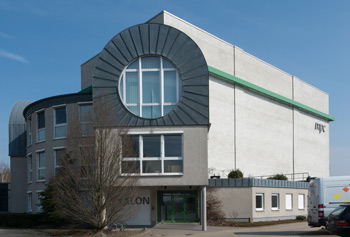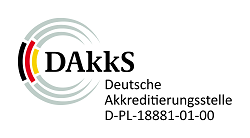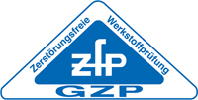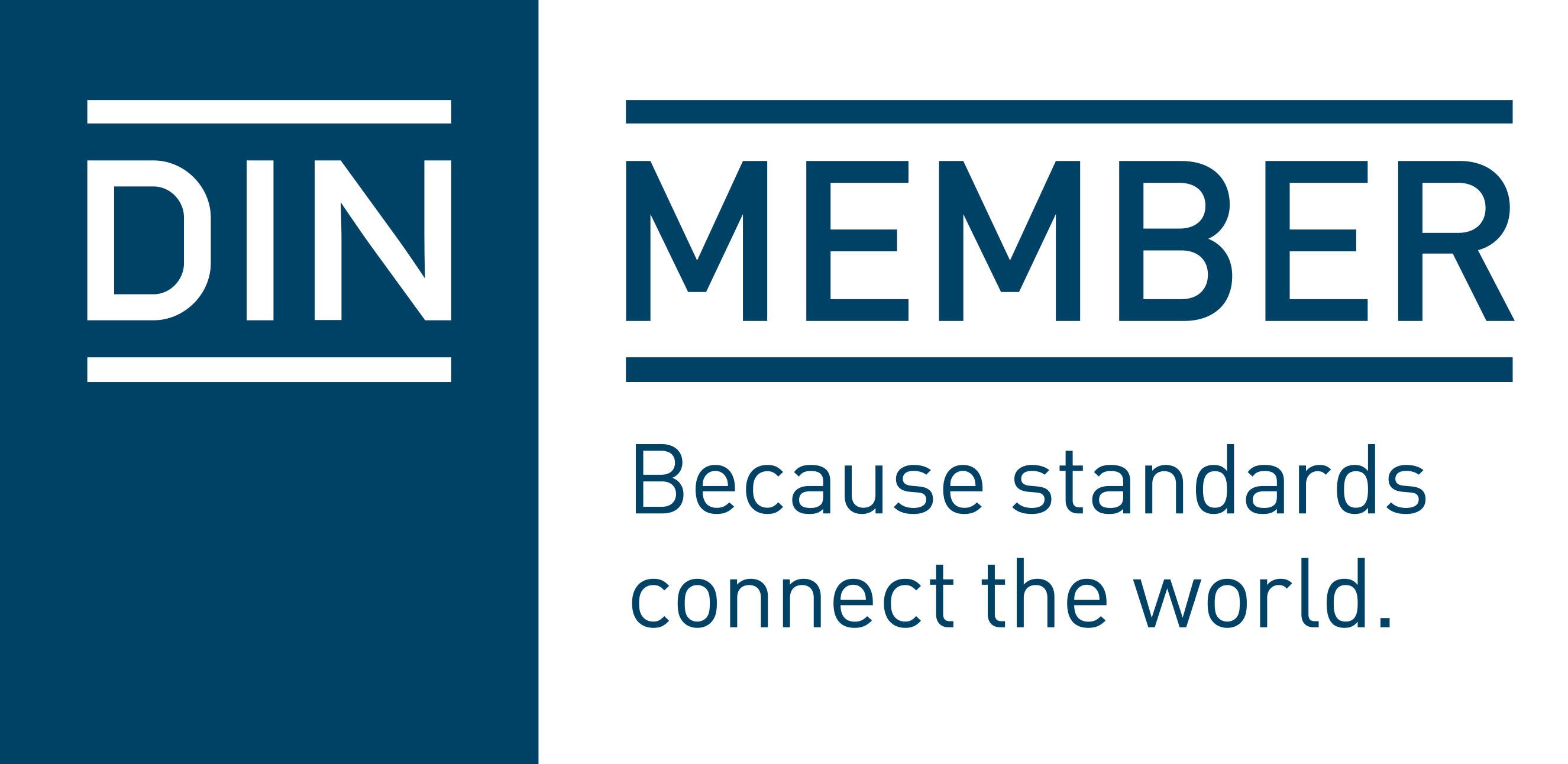There are various standards and codes, that define the rules for execution of exposures, the minimum image quality and the maximum allowed severity levels:
| ISO 17636 |
Part 1 Radiographic testing of welds with film Part 2 Radiographic testing of welds with digital detectors Both parts of this international standard distinguish between two classes of testing techniques. Class –A- represents the basic technique, while class –B- describes the improved technique. The standard does not only define the minimum image quality, but also determines exactly the rules for the testing technique. |
| EN 12681-1 |
Radiographic examination of Castings with film This European standard distinguishes between testing classes ‘A’ and ‘B’ regarding to the testing techniques and image qualities, too. The tests are done according to class ‘A’ as long there is no other specification. |
| ISO 19232 | Five parts of this standard describe the required design of the image quality indicators (IQI) and the minimum requirements on image quality of radiographs produced according to ISO 17636 and EN 12681-1. In general, one distinguishes between wire type IQIs, consisting of numbered wires with different diameters, and step/hole type IQIs, which are step wedges with defined wholes in each step. The material of the used IQIs should have similar absorption properties as the test object. The selection and positioning of the IQIs is described in the standards for the execution of the tests. |
| ASME Sect. V | This US american code contains in article 2 both, the rules for the inspection of welds and castings, in film and digital techniques and the required image qualities. The testing technique (e.g. selection of radiation source, energy or geometrical setup) is more or less left to the test personnel. For this, the proof of the image quality is more complex than in other codes. The test sensitivity is not divided into classes. The major difference between the inspection of welds and castings is the lower requirement of the optical density for castings. |
| RCC-M | This french code contains in section III chapter MC 3000 the rules for the inspection of welds and castings with film and the requested image qualities, too. The requirements for castings and welds are different in some respects, e.g. in the maximum allowed unsharpness or the minimum image quality. The test sensitivity is not divided into classes. In deviation from other codes, double film viewing is requested for film evaluation in most cases. This requires that at least two identical films have to be exposed together in one bag with half of the usual exposure time. For evaluation, both films have to be aligned exactly. |







